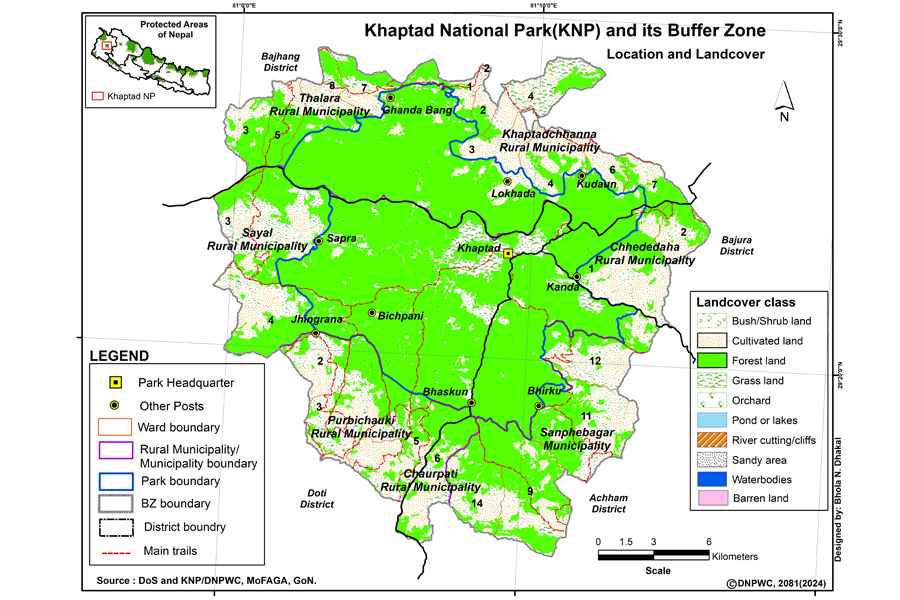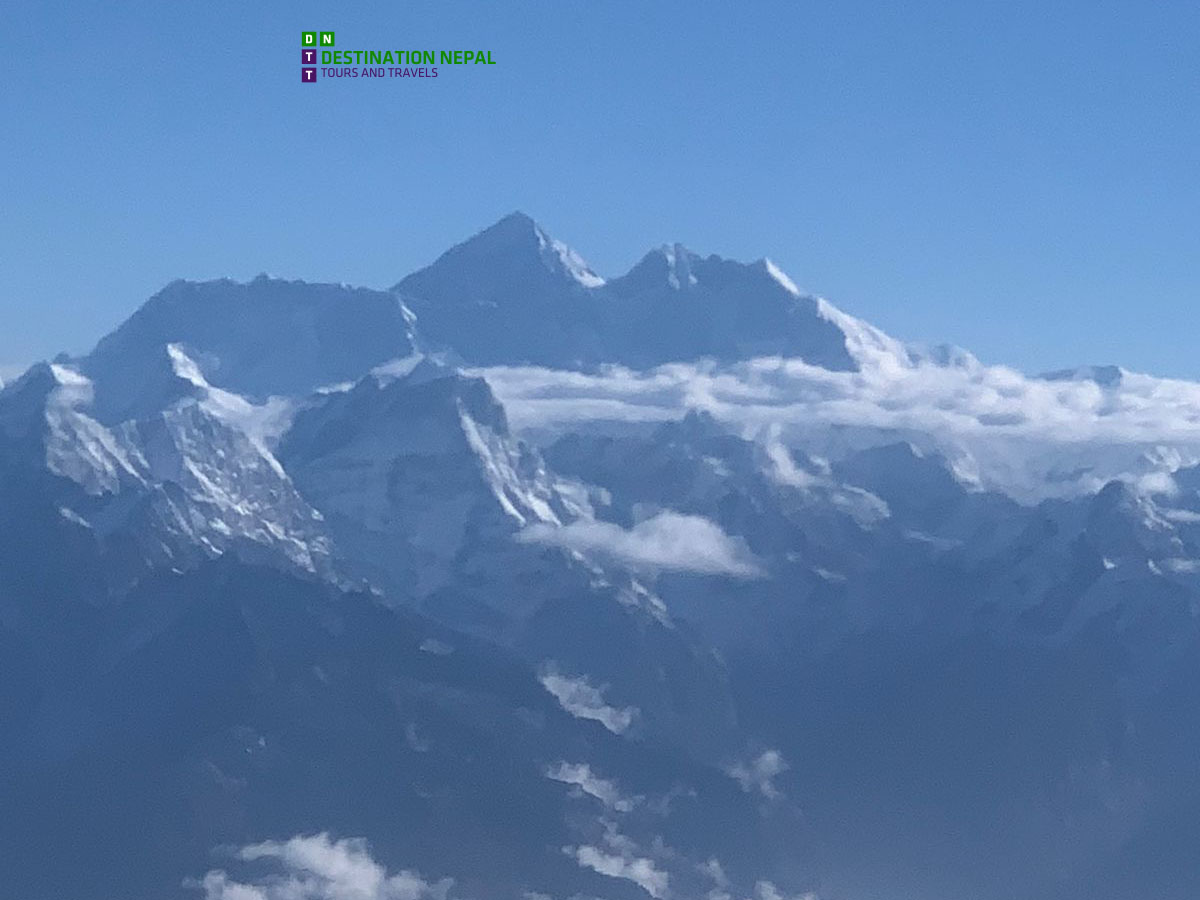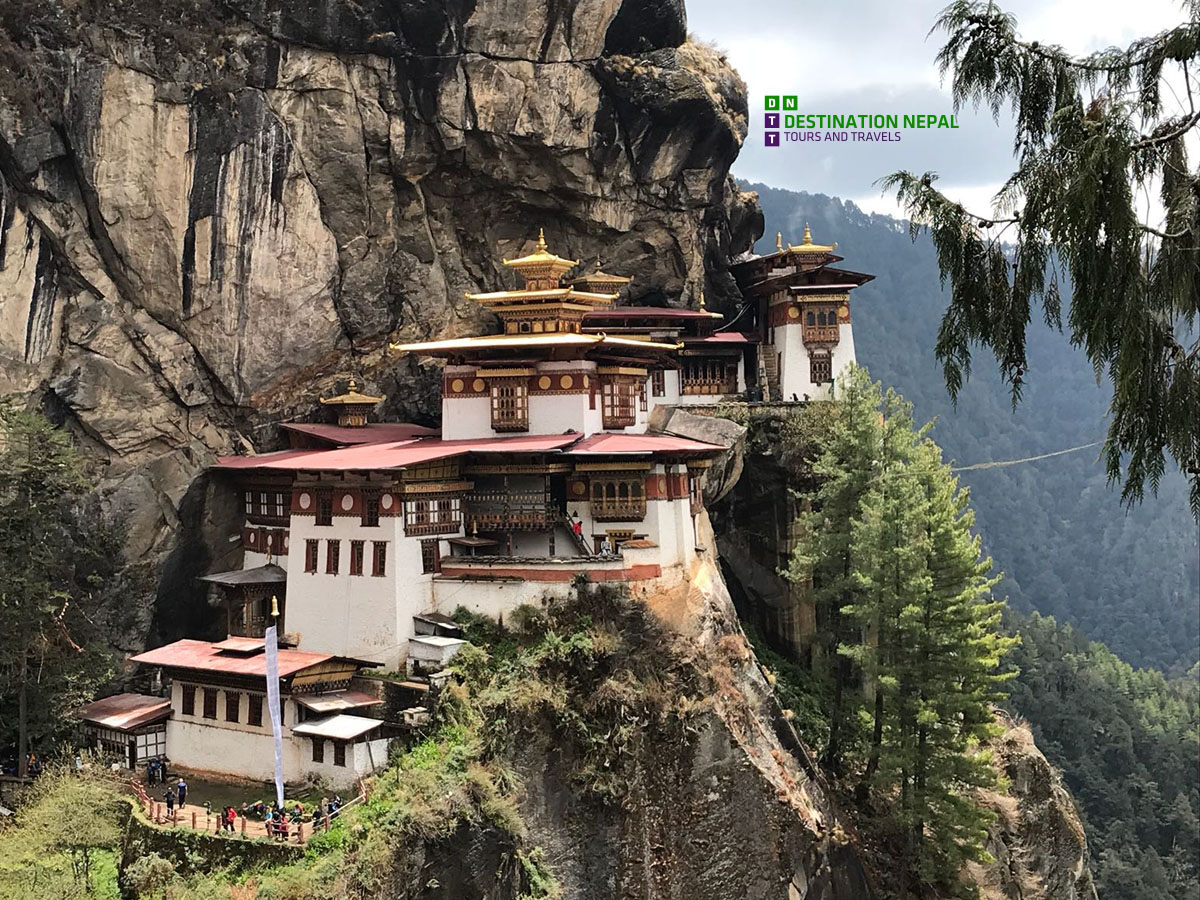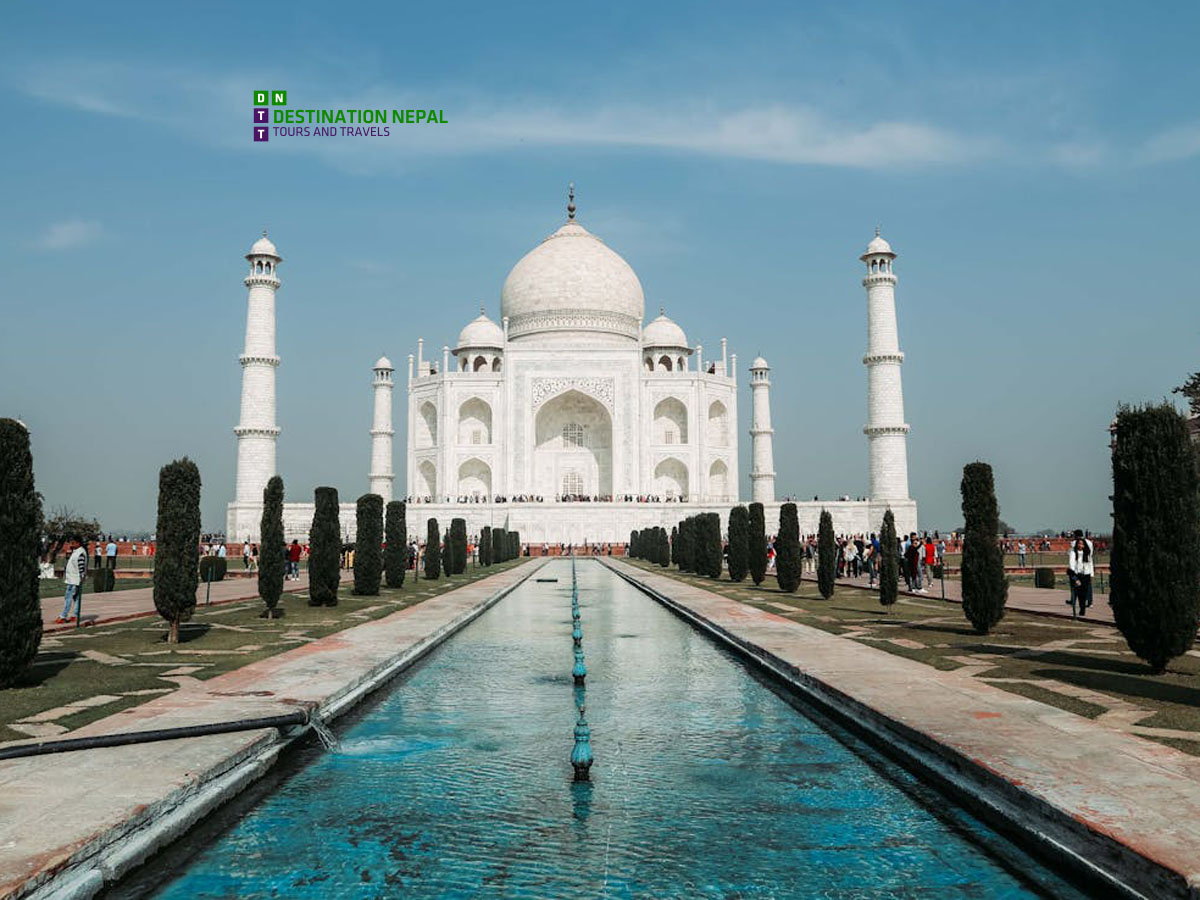Khaptad National Park

Khaptad is a land of grasslands and forests. Its rich geography ranges from high mountains to deep gorges and mid-elevation plateaus. The diverse landscape of Khaptad is filled with subtropical, temperate and sub alpine vegetation. Khaptad offers; treks that range from short easy hikes to strenuous ones, religious sightseeing with its several scared sites, quiet rejuvenation in its pristine surroundings and the rich cultural experience of Far west Nepal.
One of the main attractions of Khaptad is the Khaptad National Park established here in 1984. Located in the mid-mountains, the park is a rich natural habitat and has also gained religious significance as the home of khaptad Swami, the renowned hermit. There are several places of religious and natural significance inside and outside the National Park in Khaptad.
Access
Khaptad National Park is in Seti and surrounded by districts Doti, Bajura, Bajhang & Achham. The gateway to Khaptad is Silgarhi Bazaar in Doti district, from where the park headquarters is 50 km and almost 2 day trek away.
The best way to reach Silgarhi is via Attariya Chowk in Kailali district. Silgarhi Bazaar is 9 hr drive from Attariya Chowk. Buses to Attariya Chowk, Kailali, are available at central Bus station, Gongabu, in Kathmandu and transportation to Silgarhi i available at Attariya Chowk. Another option is to take a flight to dhangadi from where one can drive to Silgarhi Bazaar.
Khaptad National Park can also be reached easily from India via the west entry point of Nepal at Gadda Chowki, Mahendranagar. Silgarhi Bazaar is approximately 10hr drive from Mahendranagar, while Mahendranagar I 30 min drive from the India border town of Banbasa, from where buses depart to Delhi every hours of the day.
Accommodation:
Trekkers & travelers to Khaptad National Park hould be self sufficient in terms of food and accommodation as there are not many commercial lodges that cater to tourist needs. There is only one tea shop as of record. Various camp sites are available and home stay could be possible if arrangements are made beforehand. In addition there is a government guest house available near Khaptad Swami Ashram.
When to visit
The best time to visit Khaptad is during autumn and spring, October-November and March-May during the autumn several festivals are held here. A fair is held at Tribeni near Khaptad, every Dashain which falls in October and another fair is also held at Khaptad Daha around the same time at the end of summer.
Summer here is cool and wet with temperature ranging from 0 to 18-degree Celsius, while winters are cold and dry with temperature sometimes bellow 18 degrees. The monsoon rains occur between May-September. Snowfall during the extreme winter months.
Predominant Culture
Khaptad is a place of high religious value. The religiou and cultural values of this place were highly enhanced after Khaptad Swami settled here 53 years ago. The area is belived to have been center of the civilizations that covered South West Tibet, Far West Nepal, Kumaon and Garhwal.
Places to Visit:
Khaptad National Park at 3000 meters, is rich in its flora and fauna variety. The National Park is covered by subtropical forest of Chirpine at lower altitude, and subalpine forests of fir, hemlock, oak and rhododendron in the higher areas. The area boasts of 224 species of medicinal herbs and is described as the living garden of herbs and a museum of natural history. It is estimated that about 567 species, 11 percent of flowering plants of Nepal, are found in Khaptad.
The Park also offers excellent bird-watching opportunities, with 270 species of birds, the common onces being different varieties of Impheyan pheasant, partridges, flycatchers, bulbuls, cuckoos and eagles. The park is also fairly rich in its variety of wild animals, common onces being barking deer, wild dog, wild boar, ghoral, Himalayan black bear, yellow-throated marten, rhesus monkey and langur monkey.
Other areas in the National Park of Interest to tourists are Khaptad Daha, Nag Dhunga and Upper Tribeni. Khaptad National Park also offers religious sightseeing.
Ashram of Khaptad Bab as the name proclaims is the area where the famous Khaptad Baba (Lake Swami Sachchidananda) resided. The Ashram located at Tribeni is an important destination for pilgrims and tourists to Khaptad. The meditation area includes temples of Lower Tribeni. There is no entrance restriction for visitors. In the core zone, however, grazing animals, cutting firewood and activities like alcohol drinking, smoking, animal slaughtering are prohibited.
Saileswori is one of the most famous religious stops on the way to Khaptad from Attariya Chowk, Kailali. The Temple of Goddess Saileswori in Sigarhi, Doti, comprises temples of Ganesh and Masto. Silgarhi Bazaar, which is a historical town, is the main business center of Far West Nepal.
Ramaroshan lies in Achham district. It is also called Pancha Pura in Hindu scriptures and is attached to the stories of Pauranic age. The site is famous for the five historical cities connected to stories of Goddess Parvati. In addition are 12 lakes that are good bird watching sites. There are also remains of old historical buildings that make this region important from archeological point of view.
Badimallika houses the temple of Mallika Devi and is situated at an altitude of 4153m in Bajura district. It is believed that Goddess Sati, Shiva's consort, was reborn as Parvati in this holy area. From this place, one can observe the enchanting views of the Himalayas. The month of April-October are Ideal months to visit Badimallika. One can reach this place from Khaptad National Park within 8-10 days trek.
Surma Sarovar at 4307m, is a holy and beautiful lake site in the district of Bajhang. A temple dedicated to Surma Devi is situated near the Lake. Hindus believe that Surma Devi is the incarnation of Goddess Kali. Mt. Kailash in Tibet believed to be the abode of Lord Shiva can be seen from Surma Sarovar. Surma Sarovar is 3 days trek from Khaptad National Park.




